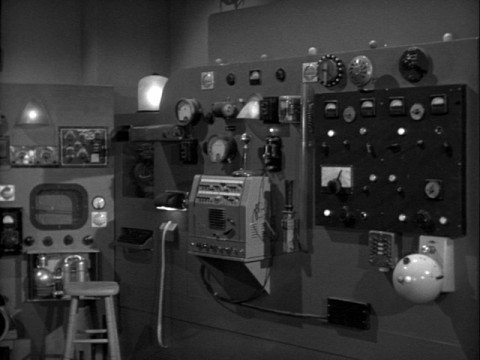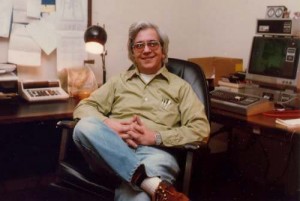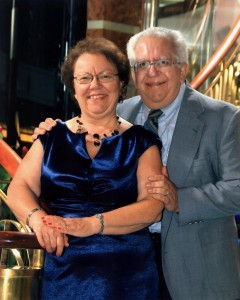I recently was able to pass along a few questions to Lance Micklus, author of Dog Star Adventure, and I thought some of you might find his replies interesting.
Jimmy: Scott Adams mentioned in a couple of places that you convinced him he should recode his adventure engine using assembly language rather than BASIC. Do you happen to remember how this transpired?
Lance: I don’t recall talking with Scott about this but it was good advice. BASIC would have made these programs very portable – meaning they could easily be ported over from one system to another. But assembly language gave these programs speed and efficiency – and a better overall experience.
Jimmy: Anything at all you can tell me about the creation of Dog Star Adventure would be hugely helpful. As one of the first text adventures to appear after Scott Adams showed it was possible on the TRS-80 and the very first to have its source published in a magazine, Dog Star is quite historically significant, you see. As such, I just played through it yesterday, and I’m just starting to write a little piece about it for my blog.
Lance: In the mid 1970s I worked for Vermont’s public television station as a studio engineer. I also did some computer programming for our station. Since our station was part of the University of Vermont, we used their computers when we needed to. One of those computers had the original text adventure game installed on it. I believe this game was known as Get Lamp [actually, Adventure, of course] and that it was written in Fortran around 1972 [make that 1976 for Crowther’s original experiment, 1977 for the completed game]. It was very popular with the students. I began to play it when I had time, although I never really got into the game too deep.
Eventually, when the University upgraded their computer systems, we lost access to Get Lamp. It was about this time that I got my first personal computer – the TRS-80. I began writing programs to replace the ones I once played on the University of Vermont computers. Dog Star was my attempt to replace Get Lamp.
The story line for Dog Star was influenced by Star Wars. My story takes place on something similar to the Death Star. Star Wars had a Princess Leia. In Dog Star there was a Princess Leya.
One of the influences from Get Lamp that I carried over to Dog Star was the use of a common story telling device known as “the ticking bomb.” In Get Lamp the batteries in the flashlight go dead after a certain amount of game play. After that happens it is impossible to complete the adventure. In Dog Star it was a cheeseburger that got cold.
One of the techniques I used to write Dog Star was to give objects properties. There were actions and there were objects to perform actions on. Eating a cheeseburger was one action that caused something to happen – there was no more cheeseburger after you ate it. Talking to the cheeseburger was another possibility but it didn’t do anything.
Jimmy: This is even more open-ended, but: I wonder if you could talk a bit about what led you to buy a microcomputer at such an early date, and (especially) how you immediately started cranking out such a huge quantity of software. I understand from your web page that you worked in radio and television prior to the TRS-80. What kind of background (if any) did you have with computers?
Lance: I first became interested in computers in 1953 when I was 8 years old. One of my favorite TV programs was Superman starring George Reeves. One of the episodes from season 2 was called “The Machine That Could Plot Crimes.” It was about a machine named Mr. Kelso that was tricked by a bad guy to plot perfect bank robberies. I was fascinated by this machine. After watching the episode, I asked my mother if there really were such machines. When she told me that there were, I decided I had to have one.
In 1964 I got a summer job as a computer operator at IBM in Poughkeepsie. This gave me an opportunity to toy around with a 1401 computer in assembly language. Although computers fascinated me – and still do – I also wanted to pursue a career in broadcasting. Much of my life has been spent going back and forth between these two careers.
Purchasing the TRS-80 in the fall of 1977 was the fulfillment of the dream I had when I was 8 years old – which was to have my own computer. I enjoyed writing computer programs and did it just for fun. I got into publishing my work as a way to share my creations.
As seems to keep happening on this blog, this interview puts the lie to a couple of assertions I made in my previous post. Namely, Lance did have some exposure to the original Adventure, albeit apparently quite briefly given the very limited window of time between Adventure‘s widespread distribution in the spring of 1977 and the release of the TRS-80 that fall. Still, Dog Star is also markedly similar to Scott Adams’s early efforts, such that I can’t believe the similarity is coincidental. Also, Lance’s background with computers was a bit more extensive than I had described it. Ah, well, living and learning is part of what this blogging thing is all about, right?
Just for fun, here’s a picture of Lance from the glory days of the TRS-80:
And here’s him and his lovely wife Dianne today:
These days Lance is hoping to produce a Christian-themed movie based on the legend of Santa Claus. He’s a very, very nice man.
Next time I really will get back to Scott Adams, and talk about (among other things) that switch to assembly language I asked Lance about.












